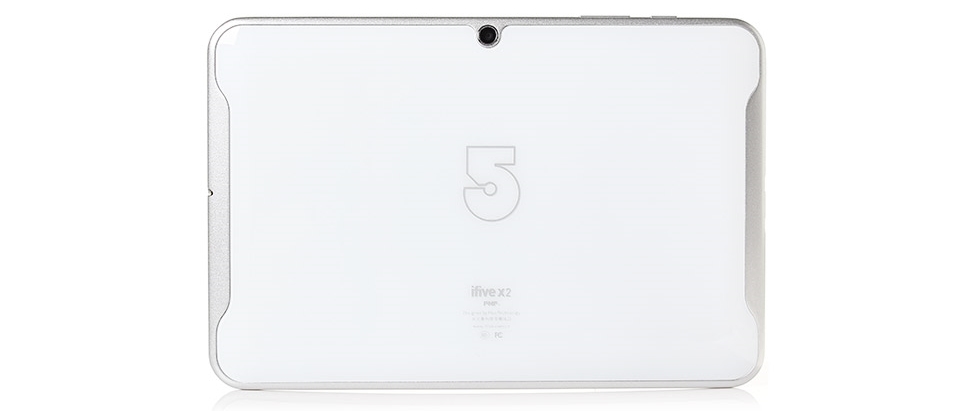Submitted by nbeam85 on

The performance part of this review is going to be a bit more involved than usual. Generally I just share some basic thoughts about overall usage but I want to provide some specific examples this time around to demonstrate what I found this tablet to be (surprisingly) capable of.
I think Rockchip should be thoroughly commended first of all. I am not sure if they have managed to finally get the originally advertised clockspeed bump on the Mali-400 GPU or if they have just more generally optimized their firmware code but the GPU in the RK3188 really seems to hum along now whereas in the past performance was a bit of a letdown in general. This was part of what led me to write the article about why China wasn't ready to be releasing "Retina" displays. The hardware, in my opinion at the time, just wasn't there yet. However I think the RK3188 running the latest firmware has finally brought enough grunt to the table to at least handle the 1920x1200 resolution well. I will be reviewing a PiPo M6 in the coming weeks as well and that will be the final (read "most grueling) "test" for retina on the RK3188 in my opinion.
Anyhow, for this review we are concerned with the X2 so let's talk about how it fared. First, I will speak to "general usage".
When I first received the X2 I was a bit disappointed. The unit was decently quick but there was noticeable "chop" when transition android home screens and when opening applications.We haven't developed custom firmware for this unit yet but I did go ahead and get the latest stock firmware directly from FNF. After flashing the newest stock firmware the general usage improved greatly. Now, on this device, I can happily report that android 4.2.2 Jelly Bean is incredibly smooth and is exactly what you would expect from a 1.6 Ghz Quad-Core Cortex-A9 chip! Homescreen transitions are very fluid and web browsing using Google's "browser" (still a favorite of mine) is a treat. Locking and unlocking the device (waking from sleep) is pretty much instantaneous and the lockscreen widgets scroll smoothly. I will note that my home screens are somewhat sparse with the most busy one's consisting of the main screen with the colored FNF blocks "skin" and another one loaded with about 12 app shortcuts. Transitioning in and out of the app drawer is also quite smooth with no noticeable lag. Pinch-to-zoom in browser is also perfectly smooth. I think part of the overall smoothness is due to the excellent quality and responsiveness of the FNF touchscreen. I found that the touch panel on the Mini3 was the best I had ever tested. easily handling 10 points of touch with no lag, jitter, or ghost touches. I have never seen this level of touch acuity in another china tab. After using multi-touch tester on the X2 I was quite delighted to find the result to be pretty much the same as the Mini3. Ten points tracked almost perfectly. Browsing around the Google Play Store is also quite quick with only a little stutter and lag noted between screens. I have mentioned elsewhere that the RK3066/3188 weak point is NAND storage write speed. What this means is that the tablet will lag on occasion if an application is updating or if emails are being downloaded. Aside from that complaint, the day-to-day usage is pretty much as good as it gets.
So the RK3188 can and does handle the higher resolution panel quite well on the X2 for day to day usage tasks like email, internet browsing, and play store access. But what about more intensive operations like 3D gaming?
